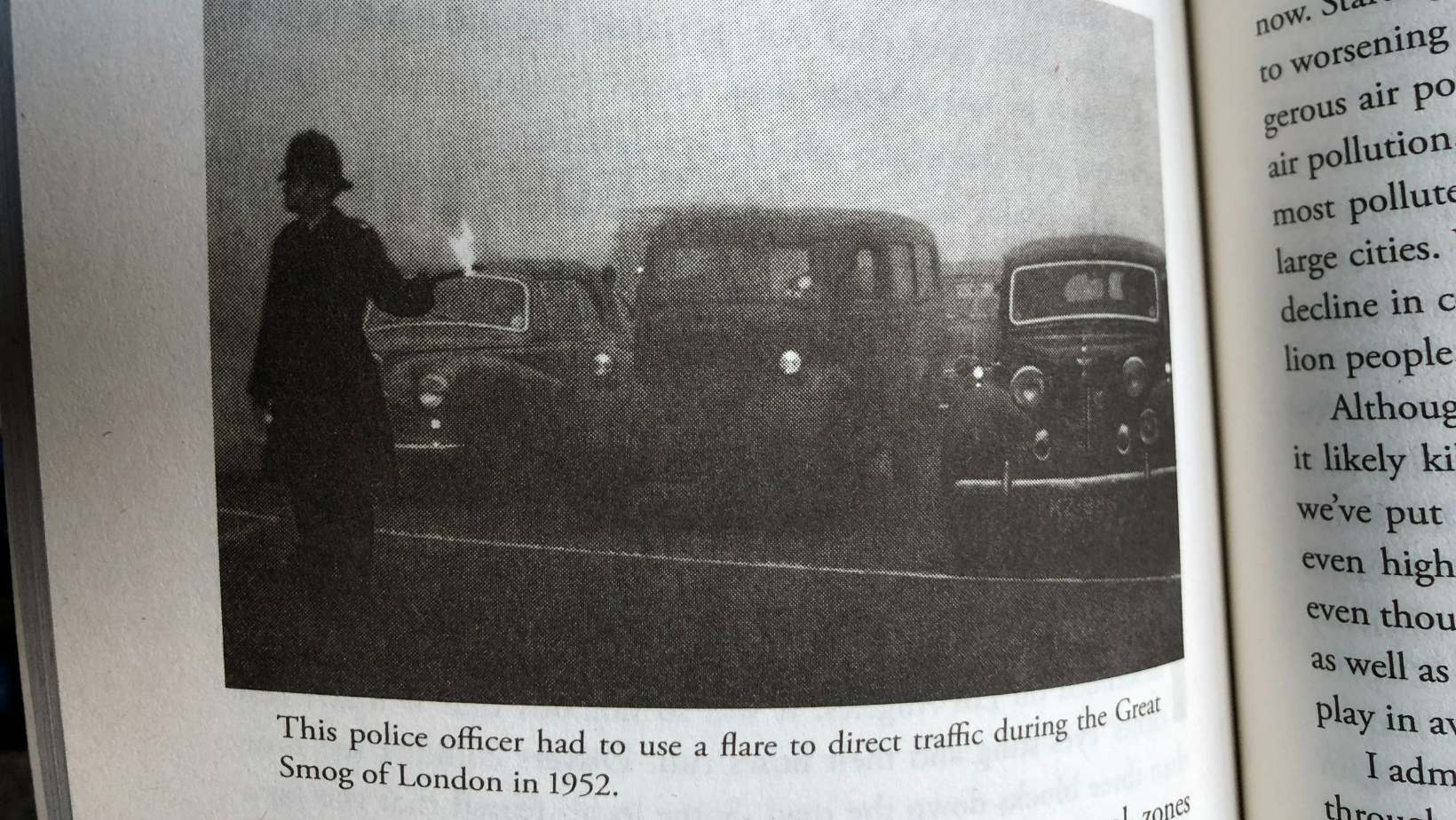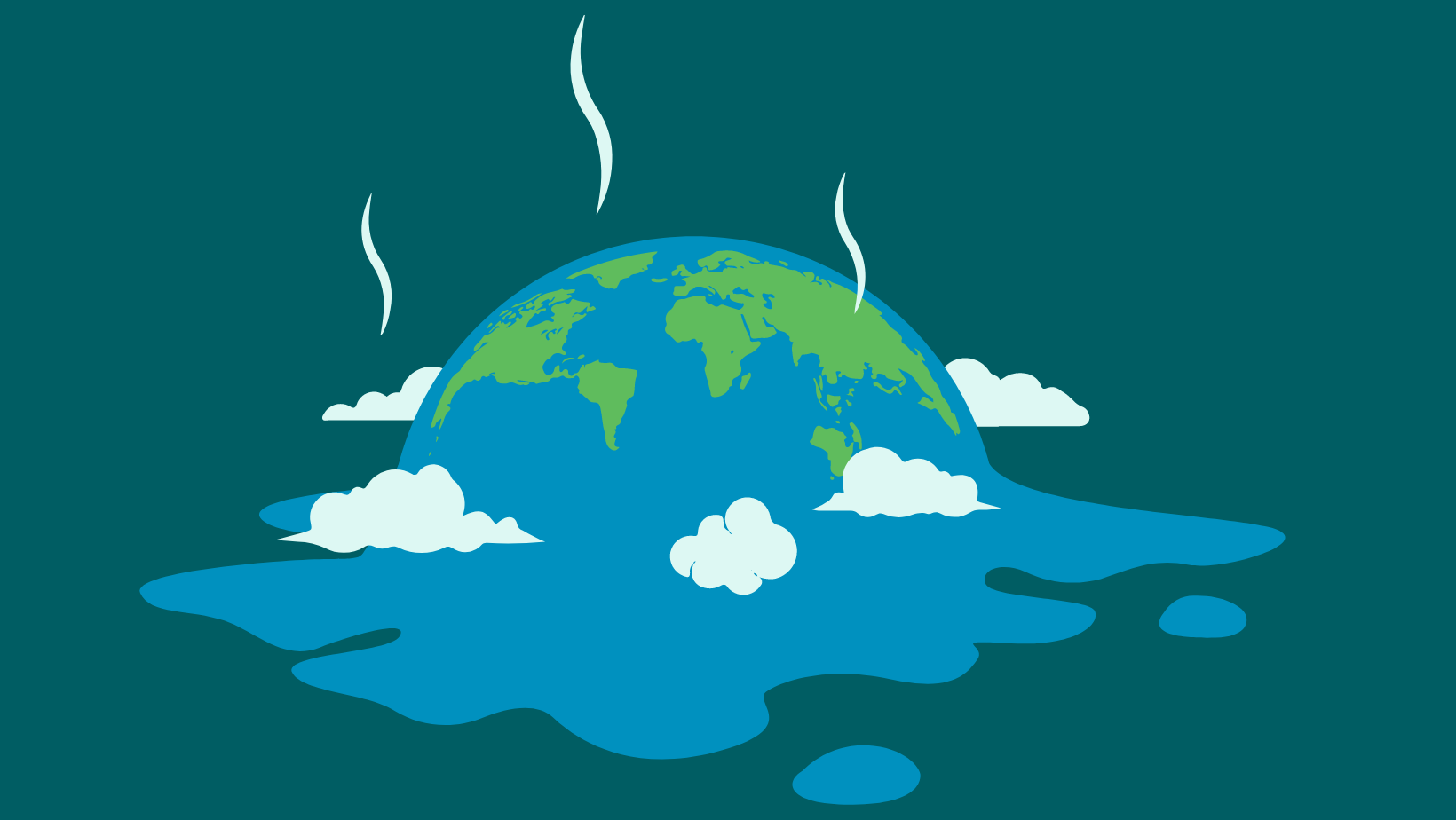How To Avoid a Climate Disaster
Bill Gates
This is a very interesting and, at some points, controversial book. It definitely provides an in-depth review of how we are currently contributing to greenhouse gas emissions and ideas on what needs to change to avoid a climate disaster. The discussion this book ignites is whether Bill Gates’ ideas on getting to zero are true to the concept of putting environment over economy, or whether this is another example of greenwashing as The Gates Foundation continues to grow its empire.
To start with what we can agree on: we all know that something needs to be done to avoid a climate disaster. We can probably also all agree that we must look to something new (whether that be technology, processes, lifestyle and policies) to help us reduce carbon emissions and eventually reach net-zero. Gates uses a great analogy in the first chapter, which depicts the current climate situation and the case for getting to zero emissions; ‘The climate is like a bathtub that’s slowly filling up with water. Even if we slow the flow of water to a trickle, the tub will eventually fill up and water will come spilling onto the floor’. It is not realistic to think that we can turn the tap off fully, so in order to stop the bathtub from over-flowing, we need to both turn the currently gushing tap to a trickle and release the plug slightly to ensure that the water level doesn’t increase any further (think of the water level as the Earth’s temperature).

- How we currently produce Greenhouse Gases
In the extensive ‘how’ chapters, Bill Gates provides vast information about current processes that are leading to mass amounts of greenhouse gas emissions. In providing this evidence, he also suggests new, innovative technologies that could help reduce or eliminate emissions at various stages of extraction and production. Linking back to the earlier point of putting environment over economy, this line is slightly blurred throughout these chapters, as most of the innovations that Gates suggests are technologies that his foundation are currently investing in. In this current climate, with greenwashing becoming a growing issue with large corporations, hearing from an outside party about these technologies would have built more trust in the information Gates provides. Where large profit is involved, it’s hard to say where environment stands on the line of economics.
His approach seems to be more, more, more. Create more technology to overcome a climate disaster and still be able to produce more. Looking at the areas highlighted as the most contributing factors to greenhouse gases, he states that ‘making things’ (for example cement, steel and plastic), is the highest – this is a significant 29% of all emissions that we emit. There are obviously serious environmental impacts to making these materials, so a sustainable solution for production seems to be the best way to move forward. But is this a quick reaction? If we look at plastic alone, it is an indestructible material that is polluting major ecosystems, such as our oceans. In recent years, sustainable solutions such as ‘biodegradable’ products have been created, but that doesn’t necessarily solve the problem. ‘Biodegradable’ describes the process of something that can be broken down into very small parts by natural processes. As we now know from micro-plastics, breaking things down into very small pieces doesn’t create an environmentally friendly solution. So, although creating a green solution to the production of plastic seems like a good step towards reducing greenhouse gases, we should be considering complete alternatives to the materials that we are making. We need to start putting other species and the environment in which we live above convenience and economy.

2. We need more Government policies
This is so important! We can talk all we want about new technologies, sustainable solutions, and large corporations taking responsibility for their negative environmental impacts, but there needs to be cohesion with government policies. We have substantial evidence to show how successful policies can be. Take the Clean Air Act (which is used as an example in the book); along with the Environmental Protection Agency in the US, it has resulted in the eradication of nearly all lead emissions. Introducing more environmental policies on the cost of fossil fuel extraction, plastic use, waste disposal, deforestation (plus so much more), will have a powerful impact on getting to zero emissions; thus, helping us to avoid a climate disaster.
Challenges Abroad is proud to be working in Tanzania, where there has been a recent ban on all single-use plastic bags. There are now checks as you enter the country as a tourist to ensure you are not bringing any plastic bags in with you, and there are random audits on various establishments such as accommodation, to ensure none are in use. This is a great step in the right direction in terms of government policies, and one that many more (if not all) countries should be striving to take. The difficulty here is that countries and governments across the world are not united in these decisions. It is going to be essential that we work together and create unified policies to make the huge change that is needed.
3. Working towards zero on an individual scale
As Gates states, when we think about how we can each make an impact towards climate change and reducing our emissions, we tend to think of the ‘easy’ things. Riding a bike instead of driving a car, or if that’s not possible, investing in an electric car. Diet and meat consumption is also a huge topic of conversation at the moment, as people commit to vegetarian and vegan diets to reduce their carbon footprint. These are all great starts, as our changes in consumption can greatly influence markets and drive investments and innovations towards more sustainable options. The only thing holding these small changes back is the fact that, similar to government policies, we are not all acting together. As David Attenborough pleads in his documentary ‘A Life on This Planet’, it doesn’t necessarily require everyone on Earth to become vegan to save our planet, it just needs everyone to agree to and actively cut down on consumption. This is true in most lifestyle choices, whether it be transport, how we heat our homes and what we value in terms of policy. As consumers, voters; entrepreneurs, we have the power to influence major decisions towards getting to zero. Bill Gates ends this chapter by stating his belief, not only in technology, but in people. He celebrates the passion amongst young people to make a difference and act towards climate change, and we want to take the moment to do so as well. Challenges Abroad believes in the power of young people and as we grow our Global Community of People Who Care, we aim to put you at the forefront of change!

The purpose of ‘How to Avoid a Climate Disaster’, as Gates states, is to spark more conversations about the climate issues we are going to face if we continue as we are, as well as discussions on how we can prevent them. One of his final remarks, is that these conversations need to be based on facts, ‘and not facts that tell us why we need to act, but also those that show us the actions that will do the most good’. It is safe to say that this book has definitely sparked a discussion (one that will hopefully also go beyond this review), the only thing to question is the ‘facts’ stated by Gates. From earlier feelings of apprehension towards his environment over economy approach, it is hard to say whether he has built confidence among his readers by the end of the book.
Have you read How to Avoid a Climate Disaster by Bill Gates? Share your thoughts with us on Instagram @challengesabroad





